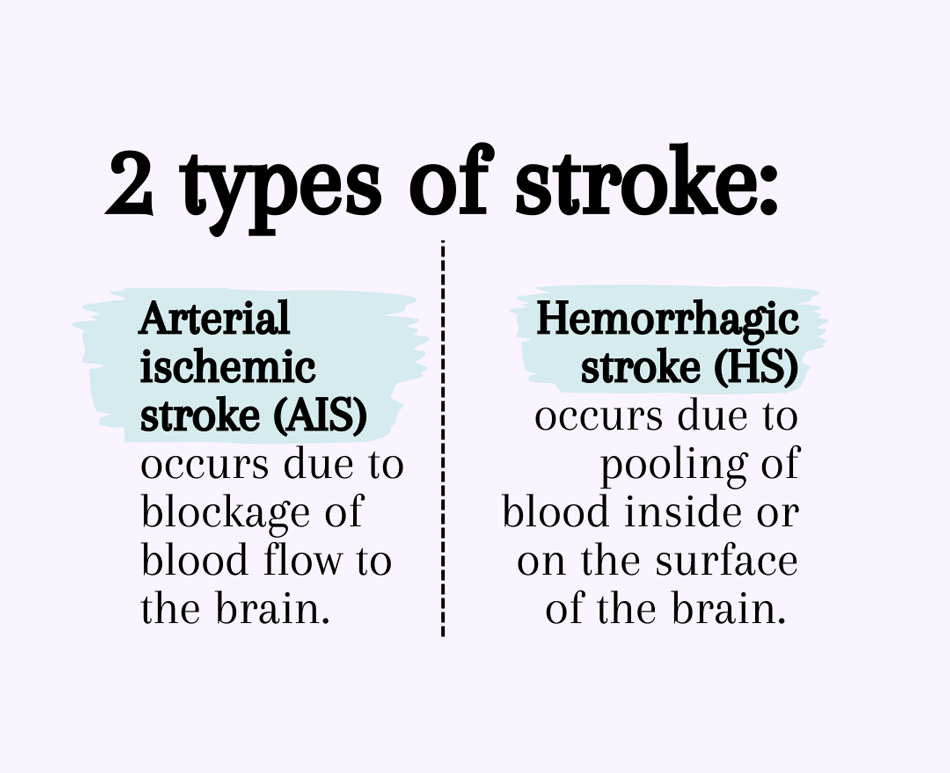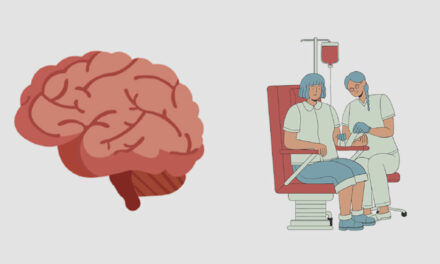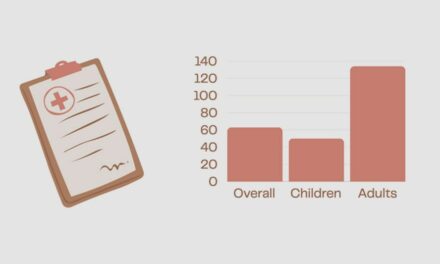Strokes are difficult to detect in young children due to stroke not usually being suspected and because of unfamiliar symptoms. The Early Recognition of Pediatric Strokes in the Emergency study aimed to identify potential reasons for the delay in stroke recognition for 36 children (29 days to 18 years of age) with arterial ischemic stroke (AIS) or hemorrhagic stroke (HS).

AIS occurs due to blockage of blood flow to the brain. HS occurs due to pooling of blood inside or on the surface of the brain.
Although more than half of the patients with HS came to the Emergency Department within 6 hours of symptoms, only 1 in 5 patients with AIS arrived during this critical time period. Focal neurological deficits (symptoms that can be linked to injury in one’s brain, nerves, or spinal cord) are common in children who have had a stroke.

In this study, the common initial diagnoses included viral illnesses and persistent headaches. Study authors found that children having a stroke at less than 1 year of age and not having focal neurological deficit were main reasons behind the delay in stroke recognition by caregivers and clinicians. The study recommends that caregivers and physicians should be more aware of common stroke symptoms in children and seek immediate medical attention.
Reference, Original Abstract
Tan, S. Q. et al. Early Recognition of Pediatric Strokes in the Emergency Department: Epidemiology, Clinical Presentation, and Factors Impeding Stroke Diagnosis in Children. Ann Child Neurol 31, 39–51 (2023).
Graphics: Karen Glenn
Medical Editors: Akshat Pai, PhD Candidate
Junior Editor: Jada Asgar





